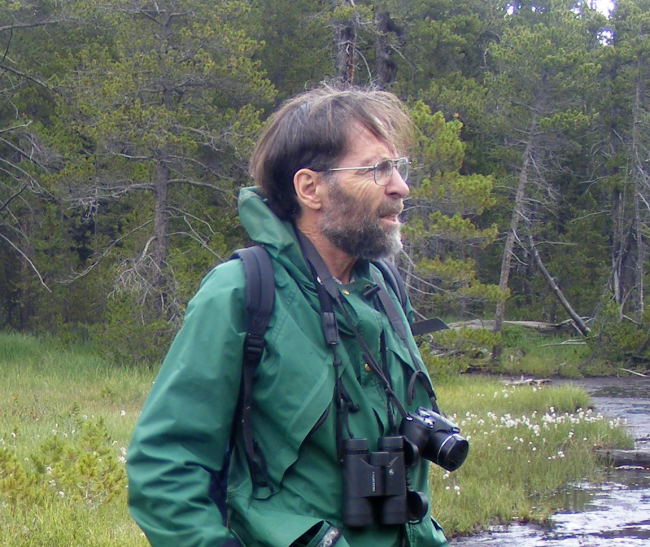讲座题目: Hybridizing Mechanism and MaxEnt: Ecological Theory for the Anthropocene
主讲人:John Harte(教授)
主持人: 何芳良(教授)
开始时间:11月26日上午10:30
讲座地点:腾讯会议(或VooV Meeting), ID:848 818 218
主办单位:beat365、科技处
报告人简介:

John Harte is a Professor of the Graduate School of University of California, Berkeley, America. He received a BA in physics from Harvard University in 1961 and a PhD in theoretical physics from the University of Wisconsin in 1965. He was an NSF Postdoctoral Fellow at CERN, Geneva, during 1965–66 and a Postdoctoral Fellow at the University of California, Lawrence Berkeley Laboratory, during 1966–68. During the next 5 years, he was an Assistant Professor of Physics at Yale University and has been at Berkeley since 1973. He has served on six National Academy of Sciences Committees and has authored over 200 scientific publications, including eight books.
Harte’s research focuses on the effects of human actions on, and the linkages among, biogeochemical processes, ecosystem structure and function, biodiversity, and climate. His work spans a range of scales from plot to landscape to global and utilizes field investigations, mathematical modeling, and theory development. Two themes, feedback and scaling, weave through much of his research.
报告内容简介:
At the frontier of research in many fields, from ecology to economics, many of the most exciting problems today have to do with “complex systems”. These are systems characterized by feedbacks, nonlinearities, and a myriad of non-identical subunits, that are resistant to traditional reductionist methods of scientific investigation. Using ecology as an example, I show how a mathematical method based on information theory provides a promising foundation for constructing complex systems theory. Ecosystems display pervasive patterns in 1. the scaling of species richness with area, 2. the distributions of abundance across species, 3. The distribution of individuals within species over space, 4. the distribution of metabolic rates or body sizes across individuals, 5. the relationship between size and abundance, 6. the distribution of species richness across higher taxonomic categories, and 7. the distribution of edges across nodes in trophic networks. A theory of ecology based on the maximum entropy principle, predicts all these patterns remarkably accurately in relatively static ecosystems but the theory fails in ecosystems that are responding to anthropogenic stresses, or are undergoing rapid diversification or succession. Hybridizing mechanism with MaxEnt, however, results in a theory capable of describing dynamic ecosystems that are changing in response to disturbance. I conclude that complexity science in the decades ahead may have its roots in information theory.